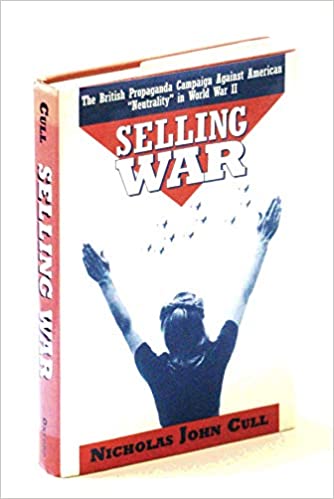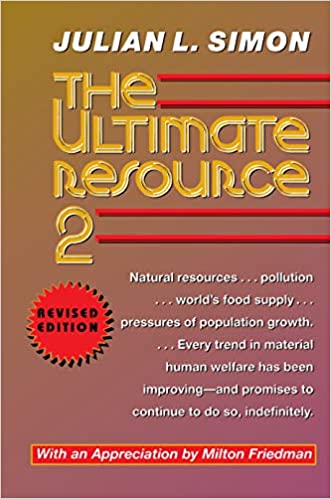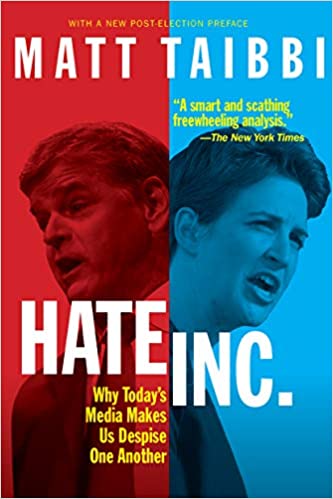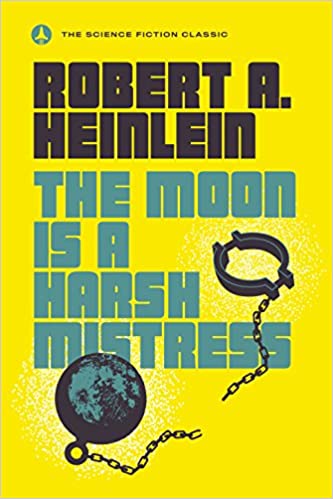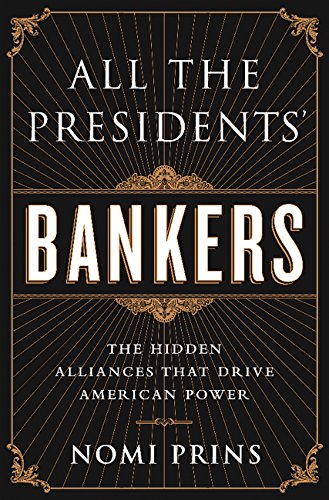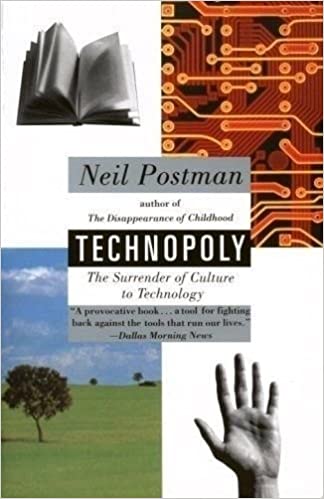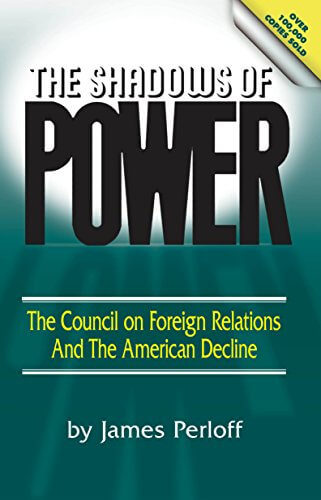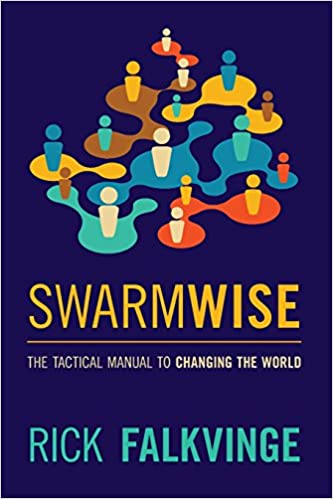
Swarmwise (2013) is a tactical guide to changing the world using cost-efficient swarm methodology. It is a leadership handbook that outlines how the Swedish Pirate Party was able to beat the political competition on less than one percent of their budget, and shows how any cash- and time-strapped executive or manager can use swarm methodologies, whether the goal is business, social, or political.
That organization, founded by one man without resources, has now spread to over 70 countries using the same cost-efficient swarm methods.
Swarmwise will tell you what it takes to found a swarm of volunteers, to organize and energize it, and to lead it to success. The book doesn’t go into theoretical detail, psychology, or deep research papers. Rather, it is very hands-on leadership advice from pure experience – it covers everything from how you give instructions to new marketing assistants or activists about handing out flyers in the street, up to and including how you communicate with TV stations and organize hundreds of thousands of people in a coherent swarm. Above all, it focuses on the cost-efficiency of the swarm structure, and is a tactical instruction manual for anybody who wants to dropkick their competition completely – no matter whether their game is business, social, or political.
A chapter overview of Swarmwise:
Chapter 1 - Understanding the Swarm deals with the basic concepts of a swarm organization, and explains why the swarm is open and transparent. It introduces the concept of a cost-efficiency advantage of two orders of magnitude.
In Chapter 2 - Launching Your Swarm, we learn that the published project plan must be tangible, credible, inclusive, and epic, and what that means in practice.
Chapter 3 - Getting Your Swarm Organized gives tangible advice on how to organize a volunteer organization and why. We look at the dynamics of different group sizes and how to build a culture of trust.
One of the more counterintuitive lessons is detailed in Chapter 4 - Control the Vision, but Never the Message. It explains how you need to use volunteers to translate your vision into messages that fit a specific social context, rather than using an one-size-fits-all slogan.
A healthy dose of classic project management is found in Chapter 5 - Keep People's Eyes On Target, And Paint It Red Daily. We talk about metrics, choosing the right metrics, and causing self-organization to happen when you publish the right metrics to optimize.
In Chapter 6 - Screw Democracy, We're on a Mission from God, we talk about conflict resolution mechanisms and how to optimize the swarm for speed, trust, and scalability.
Chapter 7 - Surviving Growth Unlike Anything the MBAs Have Seen details how the swarm can grow by 200% in a week when some events play out, and how to handle such situations.
One of the more advanced chapters, Chapter 8 - Using Social Dynamics To Their Potential goes into how we can tap into the long tail of people and effectively cross-use online and offline friendships to grow organically.
Seeing how most organizations need to deal with TV, newspapers, and radio, there is also Chapter 9 - Managing Oldmedia that details everything from press release processes to TV crews.
Finally, Chapter 10 - Beyond Success shares a bit of experience of what happens when you feel at the top of the world, and what to do then.
"Your most valuable asset isn't your employees," I told the executive. "Your most valuable asset is the thousands of people who want to work for you for free, and you don't let them."
The book can also be downloaded as a PDF from the author's website at http://falkvinge.net/books/



